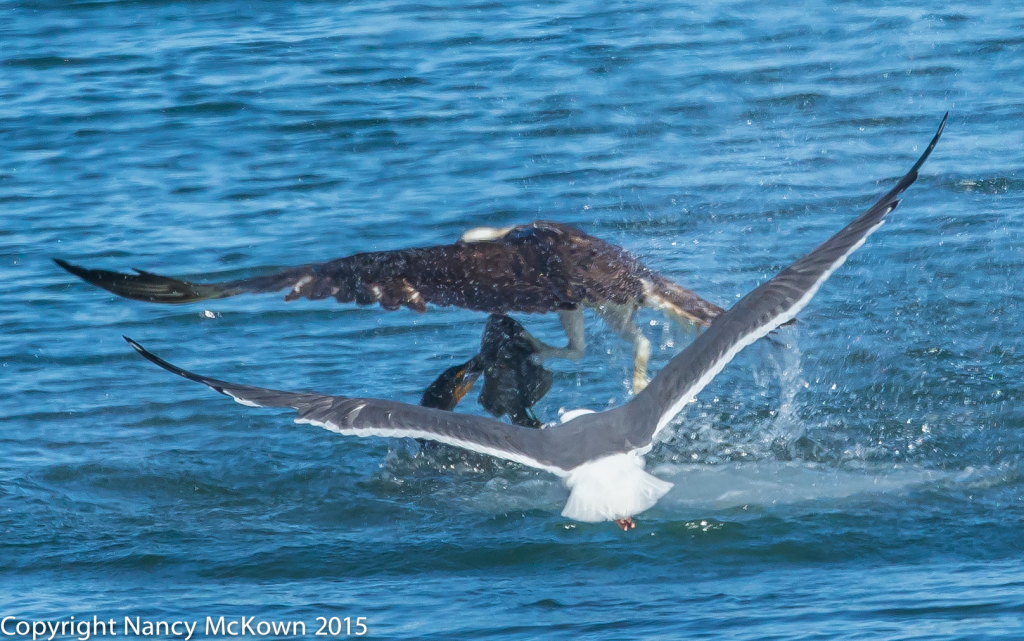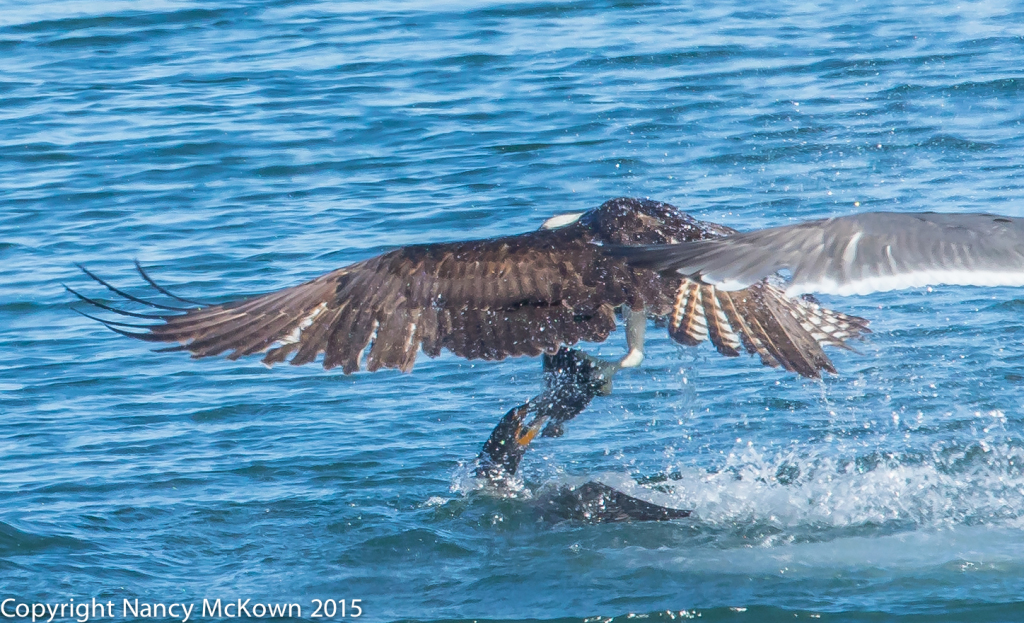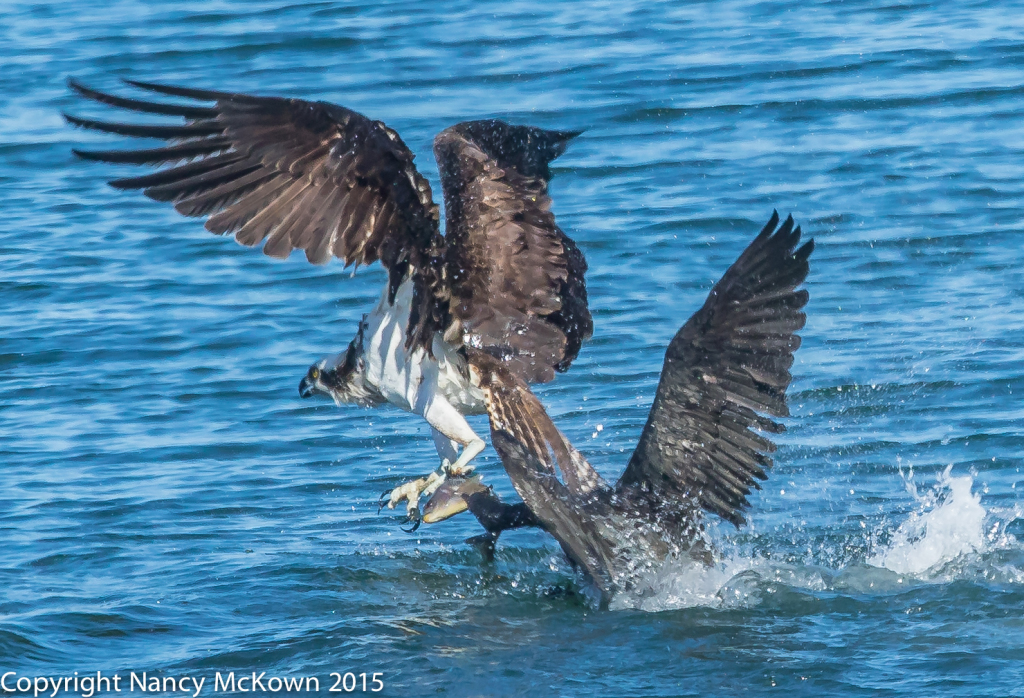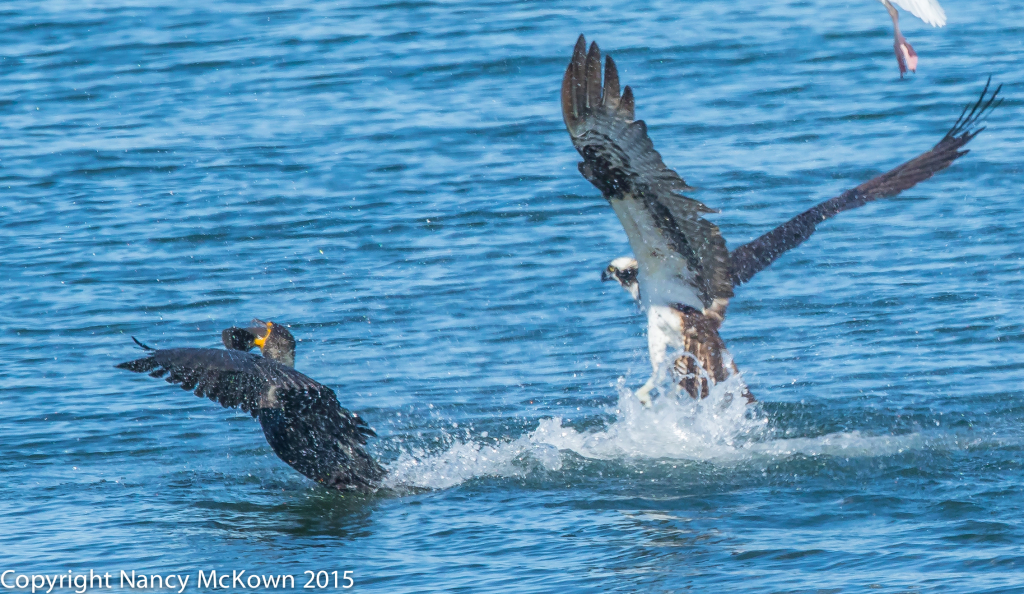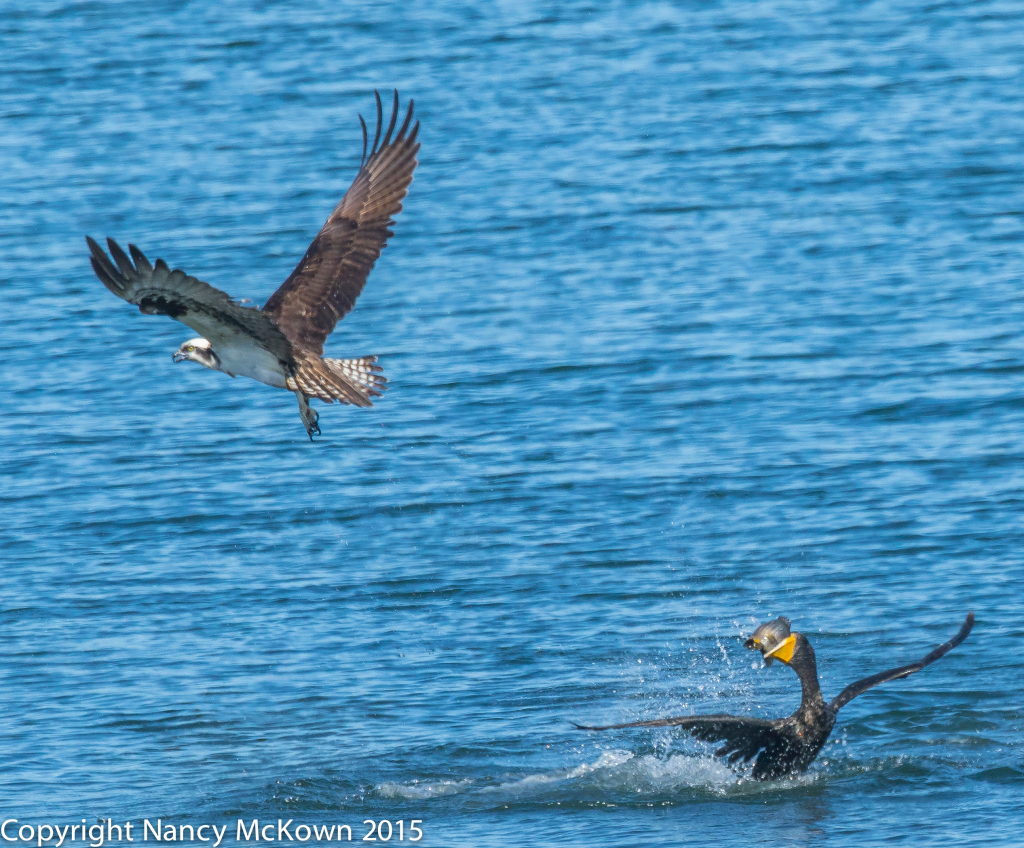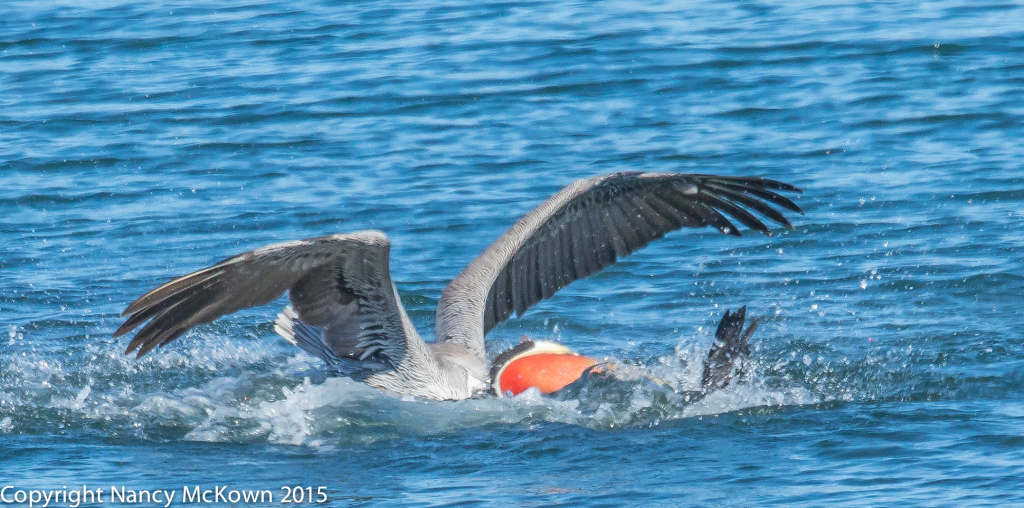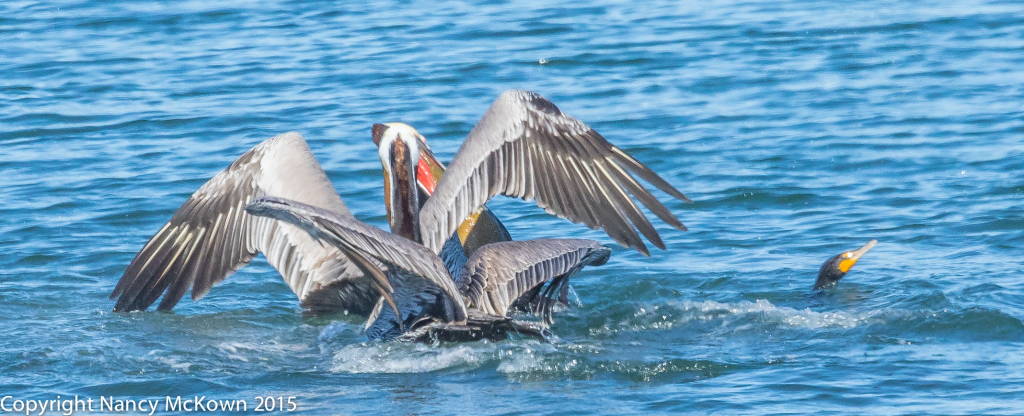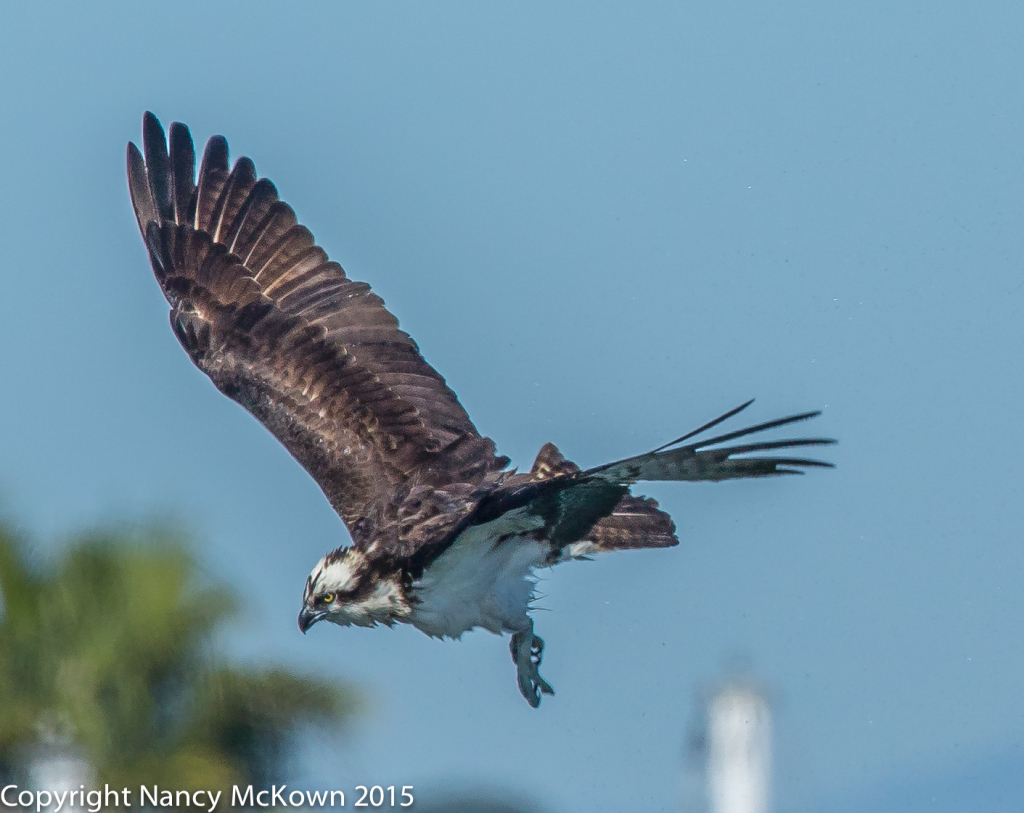Pre-Dawn Setup
Not yet pre-dawn…. setting up in the dark. I don’t really know where to stand for best light, so I follow the birds. Ready (I think) and waiting. It’s very quiet. Friends are with me, along with a scattering of other bird photographers scurrying about to place themselves and their equipment in position…. rising sun to their backs. This transitional time when the intense blue darkness gives way to golden light makes me feel warm and relaxed. The motion and rhythm of the water and the wind on my face have a calming effect. Dark transitioning into light happens quickly – so best not to get lost in the moment.

Minutes Before Sunrise.
ISO2000; f/6; 1/640 Second
That Space Between Pre Dawn and Light
The space between when the sun’s first glimmer of light emerges and when the luminous glow of full sun rests on the horizon line seems very brief. I quickly and nervously keep changing my position. In my mind’s eye I see a composition of wild grasses in the foreground-and a lone Pelican just beyond. I keep looking back over my shoulder to check the fast changing horizon-worrying that the best light has already passed.
Histogram Corroboration
It’s a good morning! A quick check at the back of the camera shows a wide range of dark and light variation on my images spread evenly within the bounds of the histogram. No blinkies!

ISO1600; f/6.3; 1/640 Second.
Light Transitioning
Once the images are transferred into my computer, I can track the light transitioning from predawn softness to golden sunrise. The camera recorded lots of glimmering warm tones, lush color and soft shadows. Texture and three-dimensionality make the birds sparkle. I leave the images a little underexposed because I think that helps bring out the drama of the moment.
Balancing Light
The white balance setting on the camera tells the sensor how to see various types of light and interpret exposure. I usually set my white balance to “Cloudy” because: 1) I prefer to accentuate the warmer tones of the colors and intensities rather than let the camera’s sensor neutralized the color and; 2) I always shoot in RAW, so I can easily change the white balance in post processing if I don’t like how it looks.
Color Can Be a Distraction in Post Processing
When making shadow and highlight adjustments in post processing, lots of image color can be distracting. If I temporarily switch from color to black and white, I can concentrate on the overall look and better gauge how much highlight and shadow adjustment is needed.
In order to accentuate the warm colors for both of these photos, I moved the Highlights slider to -100% and the Shadows slider to between +26%-+57%. (NOTE: See bottom of this post to view the raw images as they were before I made adjustments in Lightroom.)

ISO640; f/8; 1/640 Second.
Final Positioning of Camera
I moved my camera and tripod around quite a lot before the break of dawn. For these photos, I positioned myself so I was shooting downward at dozens of Pelicans promenading on the nearby rocks. My goals were to use the rich color of the fast moving ocean currents as my background and also to mostly avoid the unsightly look of white stain on the barren rocks. Overall, I am pleased with the images; definitely worth the time and effort I put into getting them.
Images Before Post Processing Adjustments:



